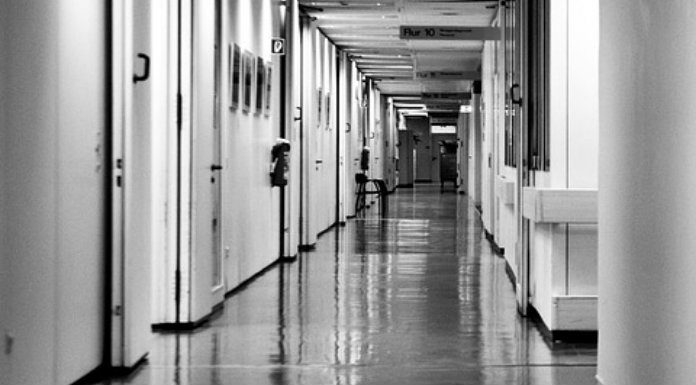There’s been a drop in the number of patients on waiting lists for appointments at local hospitals.
Figures released by the National Treatment Purchase Fund show that at the end of January, there were over 355 fewer people awaiting inpatient and outpatient appointments at University Hospital Limerick than the previous month.
While at Ennis, there was a drop of almost 70.
The latest figures show that of the 32,812 people awaiting inpatient and outpatient appointments at UHL last month, almost 13 percent are waiting over 18 months.
That figure of over 4,200 marks a drop of around 100 on the December 2017 number, which itself pointed to a 14 percent year-on-year rise.
There was also a dip in the numbers left waiting for appointments at Ennis General Hospital.
At the end of January, across both in- and outpatient appointments, there were 2060 still waiting – a decrease of around 70 on the previous month.
However, the number waiting a year and a half or more jumped by 14 – though there was a significant drop of 80 in those waiting between 15 and 18 months.
When it comes to specific areas of medicine, gynaecology makes up the biggest single group of patients with over 450 waiting on outpatient appointments at Ennis.
At University Hospital Limerick, it was dermatology and ophthalmology appointments that made up the bulk of waiting lists.
The UL Hospitals Group says that while inpatient appointments dropped, there was a rise in outpatient ones across the group.
They’ve pointed to a significant growth in demand as well as an increase in the number of urgent referrals as being among the reasons for this.
Statement From The UL Hospitals Group:
Inpatient and outpatient waiting lists are managed separately at UL Hospitals Group.
From an inpatient perspective waiting lists are managed by Hospital site. The numbers of patients waiting for an inpatient or day case procedure at Ennis and University Hospital Limerick reduced in 2017 following a national campaign to reduce inpatient waiting lists. This was achieved through a number of separate initiatives including increased theatre and endoscopy sessions, outsourcing and a validation exercise for all patients waiting 6 months. In 2017, Ennis Hospital achieved all its national waiting list targets.
From an outpatient perspective, waiting lists are managed centrally and every effort is made to facilitate patients with an appointment in their own areas whether that is in Ennis, Nenagh or Limerick. There was an increase in the number of outpatients waiting for an appointment at UL Hospitals Group in 2017. Among the reasons for the increase is the significant growth in demand; an increase in the number of urgent referrals in some specialties and a shortage of consultants in other specialties. Addressing the shortage of these senior clinical decision makers in the key specialties concerned will continue to be addressed by the Group in 2018.
In 2018, a particular focus will be placed on the validation of outpatient waiting lists by UL Hospitals Group in line with national plans to tackle wait times for patients.
In 2016 almost half a million (479,000) outpatients did not attend their outpatient appointment. In order to help patients access timely appointments, the HSE is asking patients to let their hospital know as soon as possible if they cannot attend scheduled appointments so that other patients may be offered appointments. As part of the validation process, hospitals will be contacting all patients waiting over 6 months to see if they wish to remain on the waiting list. The purpose of this exercise is to ensure that existing resources are optimised and that we improve overall access times for patients.
All patients who are waiting, inpatient and outpatient, are prioritised according to clinical need. Beyond this, UL Hospitals Group will continue to focus on seeing and treating those who have been waiting the longest.
Consultant, nursing support and clerical staff across our surgical, anaesthetic, medicine and diagnostic disciplines work together in a collaborative manner to ensure that all of our patients are treated in the most timely manner.








